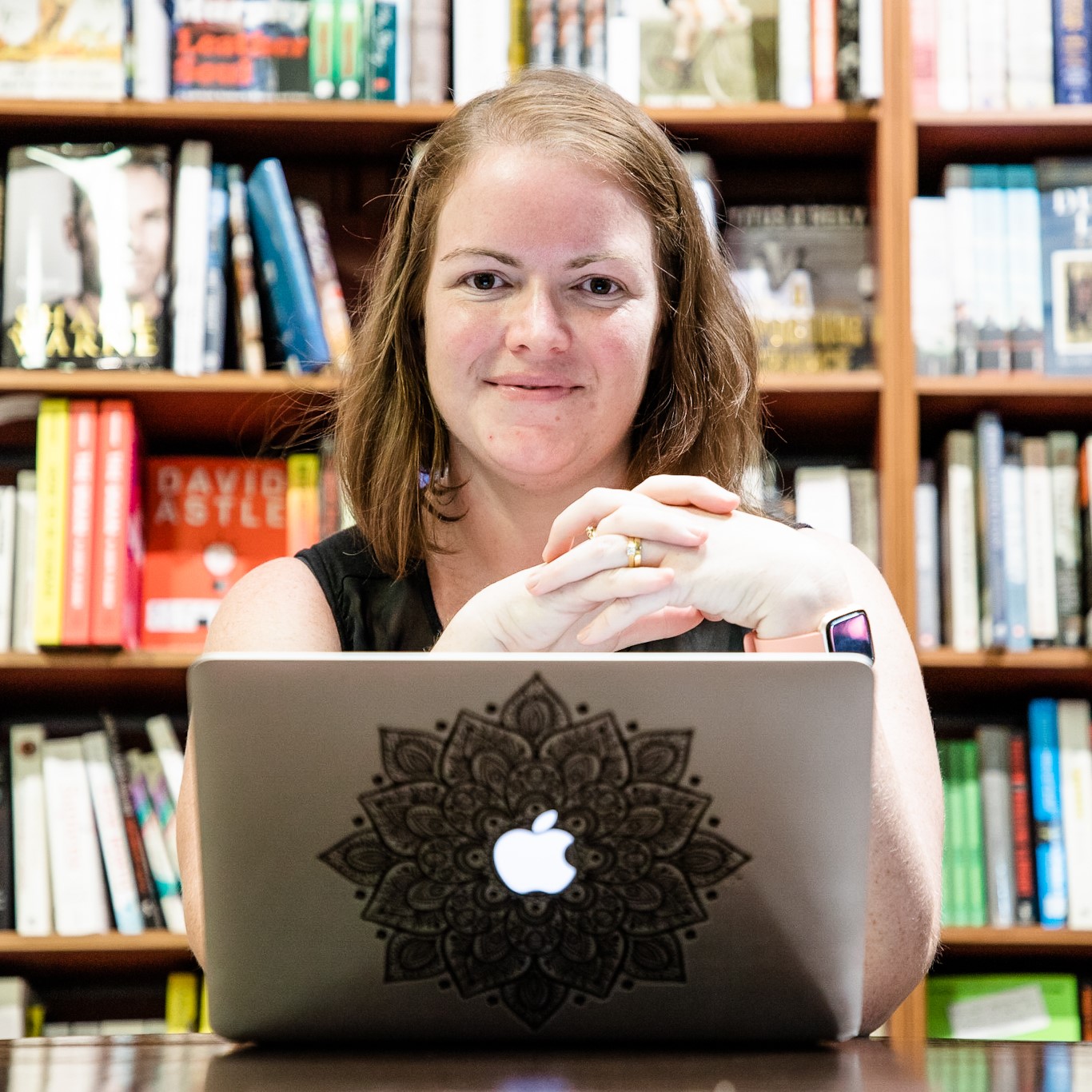Want to shoot your first wedding but not sure what gear you need? These two lenses will cover you for practically every situation a wedding day can throw at you.
I shoot every wedding with these two lenses on my dual cameras for most of the day, especially for the wedding ceremony itself. The only exception is before the wedding during bridal prep, when I might throw my macro lens on for a while, and after the ceremony during the romantic portraits, when I tend to add my 85mm f/1.8 into the mix.
The all-around best lens for wedding photography
First off, the most versatile lens for wedding photography is a 24-70mm f/2.8 lens (I use Tamron SP 24-70mm f/2.8 Di VC USD G2 Lens for Canon, but there is a version for Nikon too and you’ll find the same for other major brands). A standard workhorse for portrait photographers, this lens is equally important for wedding photography.
Wide enough to capture seated guests and the couple at the altar, but with enough reach to grab close ups, it’s the main lens that I use for wedding photography and it lives on my primary camera (my Canon 5D Mark III).
It’s great for capturing detail shots, and it’s the only lens I use for the wedding reception (after the ceremony and romantic portraits I pack away my secondary camera, my Canon 7D Mark II).
The 24-70mm lens comes in different apertures (f/4 and f/2.8 for example), and I’d recommend getting the fastest you can afford (I love, love, love bokeh, so if you’re less obsessed than me, the f/4 might be a perfect choice).
The best lens for wedding ceremony photography
The second lens you need to get started in wedding photography is a 70-200mm f/2.8 lens (again, these come in f/4 as well). I have the Tamron SP 70-200mm f/2.8 Di VC USD G2 Lens for Canon EF and there’s an equivalent for all the major brands.

It’s an essential lens for the wedding ceremony. It allows you to take close ups of the couple (first kiss, ring exchange, etc.) without getting in the way of guests watching the ceremony. You want to document, not dominate!
At the 70mm end, it’s flexible enough to capture the surrounds and context, too.
It’s also a mainstay of the romantic portrait session for me. While the couple is reveling in the loved-up high of the ceremony being done, it’s the perfect lens to let them enjoy a magic first moment of being married, without crowding them. It’s also great for fun shots and the f/2.8 varieties of this lens are magic for playing with background blur and bokeh. I used my 70-200mm a lot with my fractal filters, before I got my 85mm f/1.8 lens.
What other gear do you need to shoot a wedding?
If you are shooting the reception, you will also need at least one flash (that you know how to use well — check out my blog for an in-depth on using flash). If you can afford to get your flash off-camera (here’s what I’d buy in Canon right now), then the opportunities become endless: Shooting in the dark, light painting, creative night portraits and more.

Bonus: the third (and fourth?) lens you need for wedding photography
OK, so what next, once you have your two wedding workhorses in the bag? I suggest that next you need one of two lenses, depending on your shooting preferences (and budget!). Option one: a portrait prime lens such as a 85mm f/1.8 (or the fastest aperture you can afford: f/1.4 or even the f/1.2 version). Option two: A macro lens such as a 100mm f/2.8L Macro, which doubles as a beautiful portrait lens as well as allowing magnificent captures of those essential wedding details.
Need help planning the wedding day with your clients?
Avoid photo disasters with my white-label Wedding-Ready Runsheet, ready for filling in your clients’ details. My Wedding-Ready Consult training will teach you how to implement this with clients, and if you get it in the Wedding-Ready Workshop bundle you’ll also get my Guide to Wedding Day Timing: Everything you need to make sure you have the opportunity to capture amazing photos for your clients. Photofocus readers get 20% off with the code PHOTOFOCUS.



















Very good points. The 24-70 and 70-200 are also my favourite ones. Plus 24mm for wider shots is for me very practical.
Yes, it’s a great lens for that flexibility.
Very cool article and photos!
Glad it’s helpful!
Well I guess it depends on the photographer´s style, I use only primes 24/50/85. Most of the wedding I have 24mm in one body and 50mm in the second body. The 50mm is my most used focal lens, around 70-80% of the images. I use the 85mm just for the portraits. I am used to work like that and don´t need any other lenses, but this subject is very personal
It does seem like photographers are either on the zoom side or the prime side. I think 24/50/85 is a great combo to cover all options too. I use my 50 and 85 primes for family sessions and portraits but for weddings I’m a bit paranoid and want the comfort of my zooms, haha!